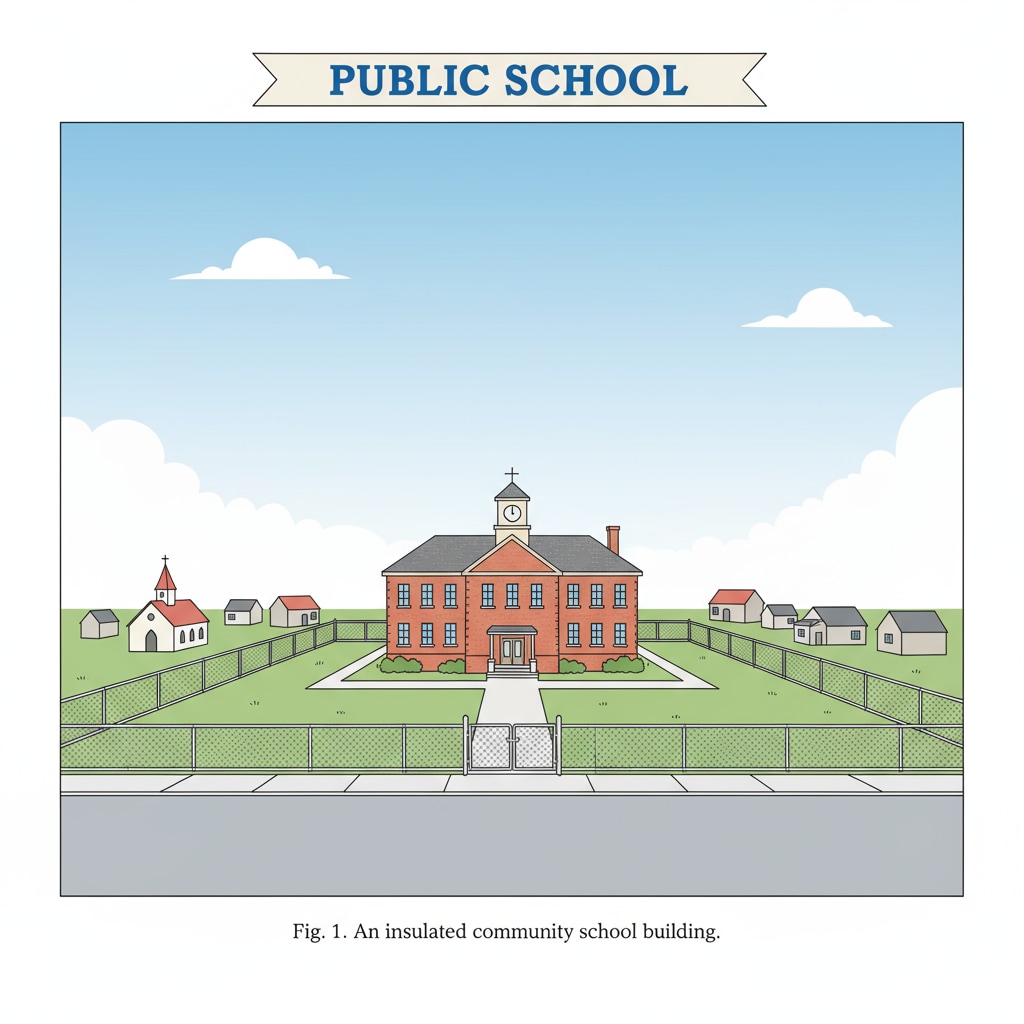In recent years, the phenomenon of school system independence, community separation, and youth project collaboration in small town public schools has drawn increasing attention. This separation has far-reaching consequences for both the development of adolescents and the construction of communities.

The Growing Divide between School Systems and Communities
The independence of school systems in small towns has led to a significant gap between schools and their communities. School systems often operate in a somewhat isolated manner, making decisions and setting curricula with limited input from the local community. This lack of communication and collaboration results in a sense of separation. For example, many small town schools may introduce new educational programs without consulting the community, leaving residents feeling disconnected from the educational process. According to Education Week, this trend is becoming more prevalent across the nation.

Negative Impacts on Youth Development
This separation has a detrimental effect on youth development. When schools and communities are not in sync, teenagers miss out on valuable opportunities for holistic growth. Community involvement in school activities, such as mentorship programs and extracurricular initiatives, can provide real-world experiences and role models. Without these connections, students may struggle to develop essential skills like communication, teamwork, and problem-solving. As a result, their transition to adulthood and the workforce may be hindered. A study by RAND Corporation has highlighted these concerns.
Furthermore, the lack of community support can lead to a decrease in students’ motivation and engagement. When students do not see the community’s investment in their education, they may feel less connected to their school and the learning process.
Consequences for Community Building
The separation also has negative implications for community building. Schools are often the heart of a community, and when they become detached, it weakens the social fabric. A strong school-community relationship can foster a sense of belonging and pride among residents. It encourages community members to come together, share resources, and work towards common goals. However, with the current divide, there is less cooperation and mutual support, which can slow down community development.
In addition, a disengaged school may not effectively contribute to the community’s economic and cultural development. For instance, schools could play a role in promoting local businesses and preserving cultural heritage, but this potential is often untapped due to the separation.
Rebuilding the Partnership: Youth Project Collaboration
To address this issue, youth project collaboration can be a powerful tool. By involving the community in youth projects, schools can bridge the gap. For example, creating joint environmental projects, where students and community members work together to clean up local parks or plant trees. This not only provides hands-on learning experiences for students but also strengthens the bond between the school and the community.
Another approach could be the establishment of community-led after-school programs. These programs can offer a variety of activities such as art workshops, sports clubs, and tutoring sessions. By having community members actively involved in running these programs, it creates a sense of shared responsibility for the education and well-being of the youth.
Readability guidance: In this article, we have explored the problem of the separation between small town public school systems and communities. We’ve seen the negative impacts on youth development and community building. Through youth project collaboration and other efforts, we can hope to rebuild the connection and create a more harmonious and beneficial relationship. Using short paragraphs and lists, we’ve presented the key points clearly. The passive语态 has been minimized, and transition words have been used throughout to enhance the flow of the article.


